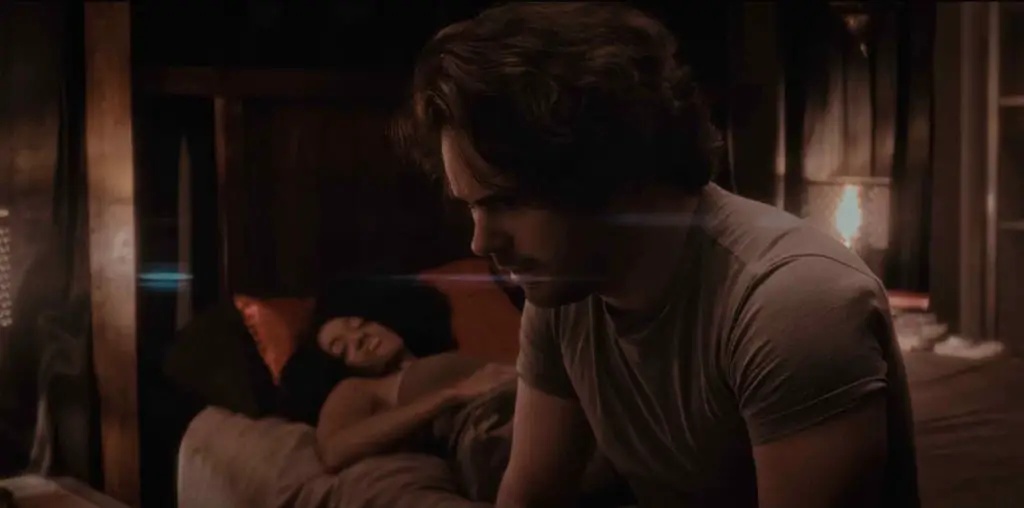
Meet Lisbeth Salander, steely-eyed enforcer of moral retribution. Don’t screw with this pierced punk, whose ink-branded back and punctured face suggest a life of punishing abuse. Thinking of crossing this master cyber-thief? Rest assured that she’ll hack into every secret you’ve never told.
With his wildly popular “Millennium Trilogy,” which includes “The Girl with the Dragon Tattoo,” “The Girl who Played with Fire,” and “The Girl who Kicked the Hornet’s Nest,” Swedish author Stieg Larson created her. But actress Noomi Rapace, starring as this scowling, laconic survivor in the filmic adaptations of all three books, IS Salander. Rapace captures this wounded warrior’s hyper vigilance and pragmatism: she’s like an army infantryman under fire.
“The Girl with the Dragon Tattoo” unleashed Salander onto a despicable horde of wife abusers, sexual sadists, and corporate criminals. Brandishing fire, tazer, and tat needles, she decimated these predators with merciless precision. We rooted for Salander, and took cathartic delight in her revenge.
Showcasing a woman so compelling and complex assured that “Tattoo” would be watchable. But director Niels Arden Oplev served up three bonus goodies to go with his main course. “”Tattoo” succeeded as a missing-persons mystery, a political thriller, and a horror show, each strand pulling us in… then paying off in a satisfying grand finale. This was sublime, expert work.
Alas, “The Girl who Played with Fire” is a major letdown. “Tattoo’s” sequel benefits from the ongoing presence of the previous film’s key actors, but it’s orchestrated by a different director and screenwriter (Daniel Alfredson and Jonas Frykberg, respectively). This time, “Fire” drowns the trilogy’s unforgettable lead in distracting supporting players, a confusing plot involving Sweden’s sex trafficking trade, and last-minute plot “revelations” more contrived than shocking.
“Fire” picks up right where its predecessor left off. Salander has saved the life and reputation of journalist Michael Blomkvist (a warmly sympathetic Michael Nyqvist). In the process of helping Blomkvist solve a previous mystery in “Tattoo,” Salander learned to trust this fellow sleuth and sometimes-lover. He became the one decent man in her tarnished universe.
Blomkvist is a liberal, bleeding-heart journalist who tackles the big stories in Millennium, his controversial, corruption-exposing magazine. Blomkvist’s gentle demeanor provides radical contrast to Salander’s more vindictive nature.
“Fire” initially depicts a settled calm, but the forecast is stormy, indeed. Two reporters are dispatched by Millennium to scribe a sex-trafficking expose, accumulating a vast network of unsavory enemies in the process. Both end up dead, and police discover Slander’s fingerprints on the murder weapon. With both cops and killers on her trail, Salander finds herself in an uncharacteristically vulnerable position. Meanwhile, Blomkvist owes her. This time, he’s the rescuer, not the victim.
So far, so good.
But “Fire” soon gets lost in itself. Haven’t read Larsson’s books, or seen the first film? Then good luck finding this one more than a puzzling mess. In one key sequence, Blomkvist stumbles onto a videotape disclosing nightmarish incidents from Salander’s past. But unless you’ve seen “Tattoo,” the relevance of this finding will be impossible to grasp.
There’s a confused, choppy feeling to Alfredson’s stab at the trilogy. Perhaps in an effort to reign in the massive, 724-page novel and compress it into a two-hour film, too many details were lost on the cutting room floor. A Director’s Cut might fill in some of the blanks, if it materializes in the future.
“Fire” also boasts a terminator-sized villain with neurological defects making him impervious to pain. But unlike the empathy-deprived serial killer and pervert attorney from “Tattoo,” this Aryan giant is more comic than real; more “Jaws” Kiel (the James bond villain from “Moonraker”) than a truly believable nemesis.
Alfredson’s movie ends with an abrupt jolt. This strategy might have worked for “The Empire Strikes Back,” but here it feels like a jarring cheat. Larsson’s trilogy is a massive and sprawling work. With “Fire” acting as the bridge between Act I and Act III, a certain open-ended feel is inevitable. But shouldn’t the film also stand alone as a self-contained story?
“Tattoo” was a masterful juggling act, balancing three separate sub-plots with vivid, detailed characterizations. “Fire” commits the cardinal sin of nearly losing its crucial leads in a foggy, disjointed plot. Even in a disappointing sequel, however, Rapace’s Salander remains fascinating to watch. This mighty avenging angel is a hero for our times. I’ll be first in line for “Hornet’s Nest,” even after the underwhelming aftertaste of this second “Millennium” installment.
As an afterthought, I can’t help but comment on the concept of a “Millennium Trilogy” remake being crapped out of Hollywood’s noxious pipeline. Leave it alone already. Don’t do it. American studios are truly gifted in the art of f*****g up foreign films by shoveling forth their own shitty variations. I’m sick of it. Remember “Point of No Return?” “Swept Away?” “Godzilla?”
Don’t put Salander through any more abuse. She’s suffered enough already.
